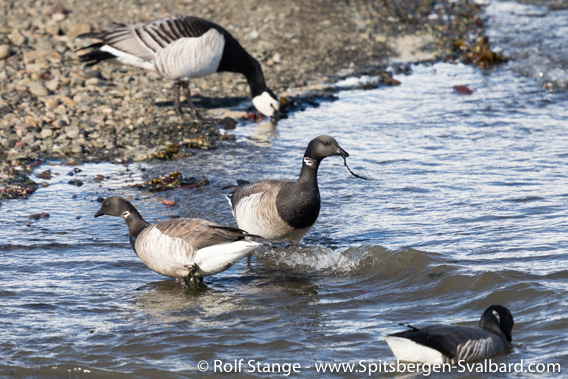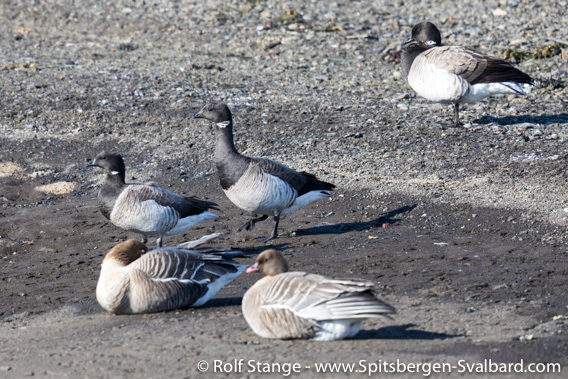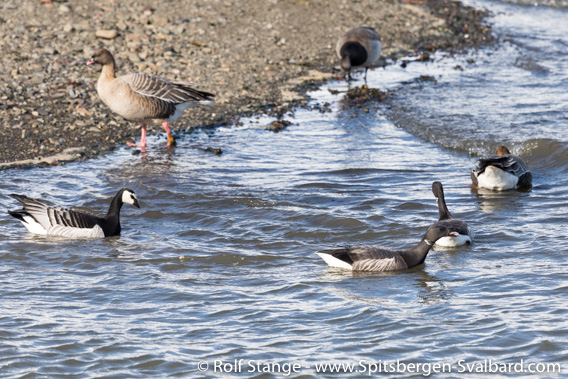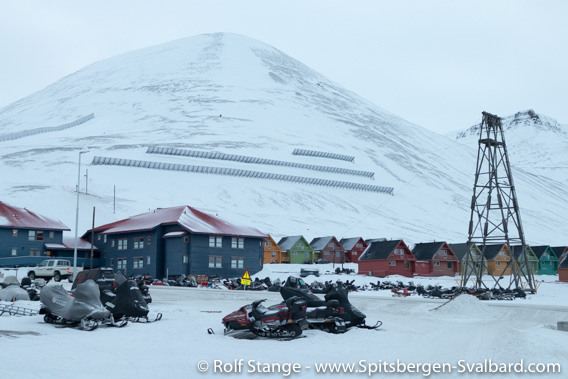-
current
recommendations- Liefdefjord
New page dedicated to one of Spitsbergen's most beautiful fjords. Background information and many photos.
- New Spitsbergen guidebook
The new edition of my Spitsbergen guidebook is out and available now!
- Liefdefjord
New page dedicated to one of Spitsbergen's most beautiful fjords. Background information and many photos.
Page Structure
-
Spitsbergen-News
- Select Month
- May 2025
- April 2025
- March 2025
- February 2025
- January 2025
- December 2024
- November 2024
- October 2024
- September 2024
- August 2024
- July 2024
- June 2024
- May 2024
- April 2024
- March 2024
- February 2024
- January 2024
- December 2023
- November 2023
- October 2023
- September 2023
- August 2023
- July 2023
- June 2023
- May 2023
- April 2023
- March 2023
- February 2023
- January 2023
- December 2022
- November 2022
- October 2022
- September 2022
- August 2022
- July 2022
- June 2022
- May 2022
- April 2022
- March 2022
- February 2022
- January 2022
- December 2021
- November 2021
- October 2021
- September 2021
- August 2021
- July 2021
- June 2021
- May 2021
- April 2021
- March 2021
- February 2021
- January 2021
- December 2020
- November 2020
- October 2020
- September 2020
- August 2020
- July 2020
- June 2020
- May 2020
- April 2020
- March 2020
- February 2020
- January 2020
- December 2019
- November 2019
- October 2019
- September 2019
- August 2019
- July 2019
- June 2019
- May 2019
- April 2019
- March 2019
- February 2019
- January 2019
- December 2018
- November 2018
- October 2018
- September 2018
- August 2018
- July 2018
- June 2018
- May 2018
- April 2018
- March 2018
- February 2018
- January 2018
- December 2017
- November 2017
- October 2017
- September 2017
- August 2017
- July 2017
- June 2017
- May 2017
- April 2017
- March 2017
- February 2017
- January 2017
- December 2016
- November 2016
- October 2016
- September 2016
- August 2016
- July 2016
- June 2016
- May 2016
- April 2016
- March 2016
- February 2016
- January 2016
- December 2015
- November 2015
- October 2015
- September 2015
- August 2015
- July 2015
- June 2015
- May 2015
- April 2015
- March 2015
- February 2015
- January 2015
- December 2014
- November 2014
- October 2014
- September 2014
- August 2014
- July 2014
- June 2014
- May 2014
- April 2014
- March 2014
- February 2014
- January 2014
- December 2013
- November 2013
- October 2013
- September 2013
- August 2013
- July 2013
- June 2013
- May 2013
- April 2013
- March 2013
- February 2013
- January 2013
- December 2012
- November 2012
- October 2012
- September 2012
- August 2012
- July 2012
- June 2012
- May 2012
- April 2012
- March 2012
- February 2012
- January 2012
- December 2011
- November 2011
- October 2011
- September 2011
- August 2011
- May 2011
- April 2011
- March 2011
- February 2011
- January 2011
- December 2010
- November 2010
- September 2010
- August 2010
- July 2010
- June 2010
- May 2010
- April 2010
- March 2010
- February 2010
- November 2009
- October 2009
- August 2009
- July 2009
- June 2009
- May 2009
- April 2009
- March 2009
- February 2009
- January 2009
- December 2008
- November 2008
- October 2008
- August 2008
- July 2008
- June 2008
- May 2008
- April 2008
- March 2008
- February 2008
- April 2000
- Select Month
-
weather information
-
Newsletter

| Guidebook: Spitsbergen-Svalbard |
Home →
Daily Archives: 26. May 2019 − News & Stories
Geese arrived in Spitsbergen after spring migration
Sun
26 May
2019
Spring has also arrived in arctic Spitsbergen. Early migrating birds such as the snow bunting and Little auk came already more than a month ago in April, filling the tundra in and around Longyearbyen respectively the mountain slopes with their singing (snow bunting) and crazy laughter (snow bunting).
Temperatures are still cold, mild frost, but the snow-free tundra patches are growing every day and the rivers show signs of breaking up.

Tundra is coming through the snow in Adventdalen.
By now, most migrating birds have returned to their summer territories. A good week ago, the first Pink-footed geese were suddenly sitting, well camouflaged, on the tundra next to the roads in Longyearbyen, and the first Barnacle geese followed soon.

Brent geese on the shore of Adventfjord (a Barnacle goose in the background).
Once the first geese had arrived, dozens and hundreds followed during the next couple of days to settle down on snow-free tundra areas in Adventdalen and even within Longyearbyen. In this area, the snow melt starts regularly a couple of weeks early than elsewhere in Spitsbergen, making the tundra areas here an important resting area for many birds, which feed on tundra vegetation, after their spring migration. Later they will disperse to their various breeding areas within the region.

Brent geese on the shore of Adventfjord (Pink-footed geese in the foreground).
Currently, it is very easy to observe all geese species that breed in Spitsbergen as well as Common eider ducks, King eider and many otehr species very close to or even within Longyearbyen. Soon they will move to more inaccessible areas and then most of them will also be very shy. Then, it will be much more difficult, if not impossible, to secure good observations and photos, even with good equipment.
Especially the Brent goose is a difficult species to observe. It is not an everyday sight during the summer and observations are usually from a greater distance. So it is a special pleasure to see this species on a short distance on the shore of Adventfjord just next to Longyearbyen. As long as you stay a bit hidden or within a car, the risk of disturbance is low.

All three species of geese that breed in Spitsbergen in one photo:
Pink footed goose, Barnacle goose and Brent goose, Adventfjord.
I am almost a bit proud of this last photo that has all three species of geese that breed in Spitsbergen in one frame: Pink footed goose (upper left, not sharp), Barnacle goose (lower left) and Brent goose (lower right).
Housing market in Longyearbyen: avalanches and Airbnb
Housing market in Longyearbyen under pressure
The difficult housing market in Longyearbyen has been the subject on these pages already several times before. For years, it has been almost impossible to find an affordable place to live.
139 flats to be demolished
The situation got worse after the tragic 2015 avalanche, which killed 2 people in their homes and destroyed several houses. In the aftermath, a new avalanche risk evaluation was made for Longyearbyen. The shocking result is that houses with a total of no less than 139 flats have to be demolished, and avalanche barriers to secure remaining buildings are needed. A number of avalanche protections have already been built on the slopes of Sukkertoppen.
Further 41 fats at risk
Now doubts are coming up if it will actually be possible to secure some of the remaining buildings suffciently. The requirement is to build avalanche protection that is strong enough even for worst case scenarios of climate change – “business as usual” scenarios regarding future global CO2 emissions. In this case, foundations would have to go as deep down into the slope as 14 metres to make the barriers strong enough.
The question is if this is actually possible in the steep terrain. The answer is currently unclear. In the worst case, further houses with up to 41 homes will have to be removed, as reported by Svalbardposten. This concerns houses close to Sukkertoppen in Way 228.
Even though the result – demolition or not – is currently uncertain, one thing is for sure: the housing market in Longyearbyen will become even more difficult.

Residential houses, and avalanche barriers on Sukkertoppen.
Airbnb
Another factor which has caused public debate over years is the short-term rental platform AirbnB. It is no secret that a number of homes in Longyearbyen are rented out by their respective owners on short-term basis via Airbnb to tourists and not on long-term contracts to people who want to live in Longyearbyen. The actual number of homes that are lost this way for the housing market is not exactly known, but it is considered significant. When Svalbardposten recently researched the issue, 36 homes in Longyearbyen were offered on Airbnb.
More exact numbers are currently not available, so the community (Lokalstyre) has ordered a report from a specialised company to get more information about the influence of Airbnb on the local housing market. Depending on the result, the community could then consider limitations.
Airbnb is in the centre of public discussions linked to the housing market in many places in the world, but Longyearbyen may be more difficult than other towns: it is a small place with a small number of houses, where every loss makes a difference. There are many tourists with a lot of money, distorting the small and tight local housing market. Thirdly, you can not just move, settle down in the next village and commute.
One thing is for sure: it is currently almost impossible to find a home in Longyearben for smaller incomes.
News-Listing live generated at 2025/May/09 at 14:24:12 Uhr (GMT+1)




























